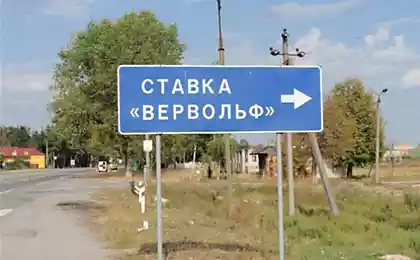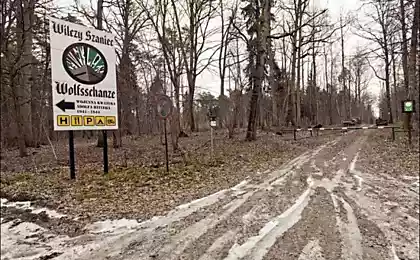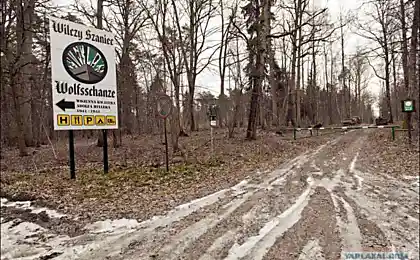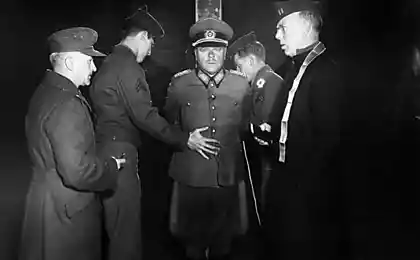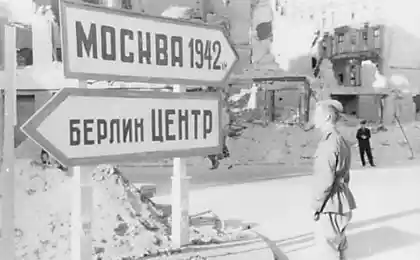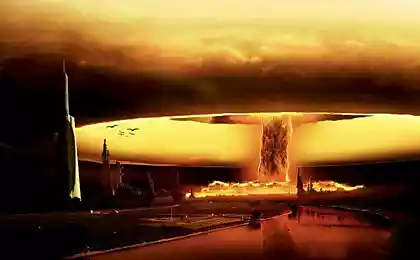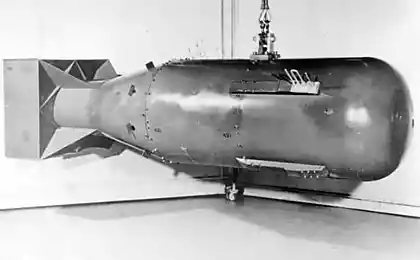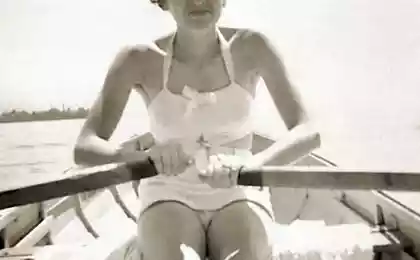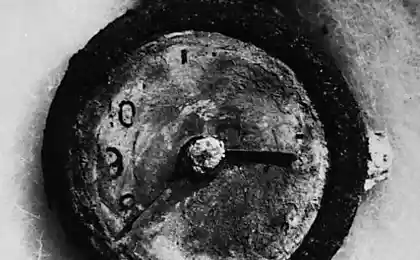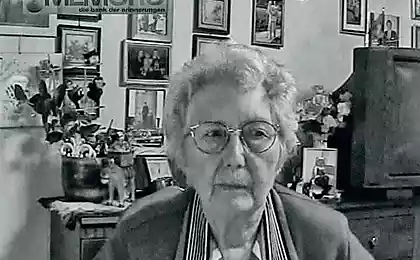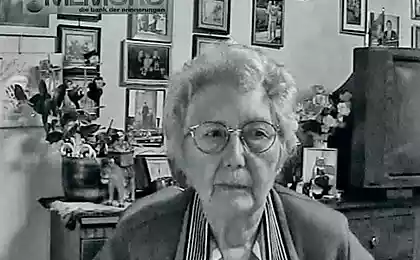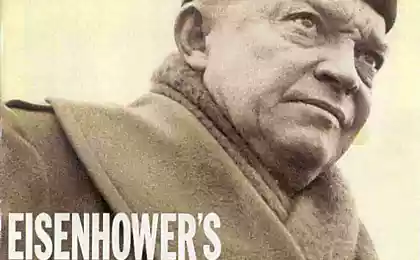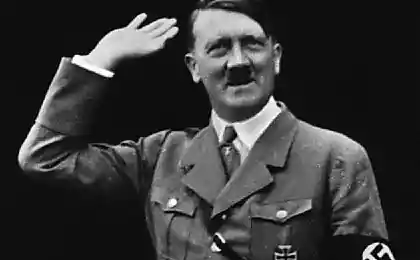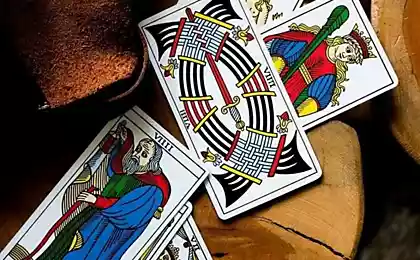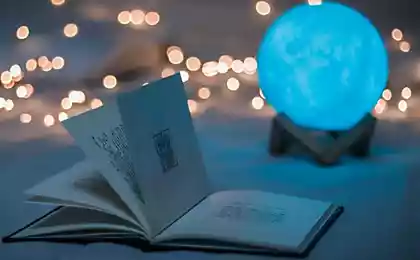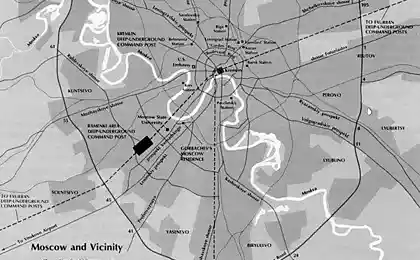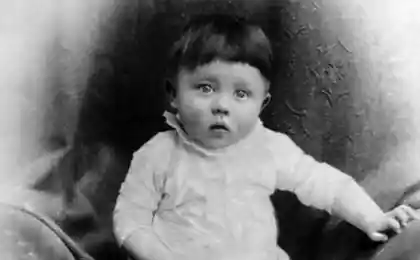1116
Hitler's bunker in April 1945 (14 photos)
In April 1945, the Red Army waged fierce battles on the streets of Berlin, meter by meter conquering the capital of the Reich. It was obvious who will win the war in Europe.
In the battle for the capital, hundreds of thousands were killed, including anyone not exactly recorded civilian casualties. Countless number of people left homeless. But the end of the Third Reich came April 30, 1945 with the death of two people: Adolf Hitler and Eva Braun.
Shortly after the two-week siege, arrived in Berlin 33-year-old photographer William Vandayvert LIFE. In this set - his previously unpublished photos of Hitler's bunker in Berlin and destroyed.
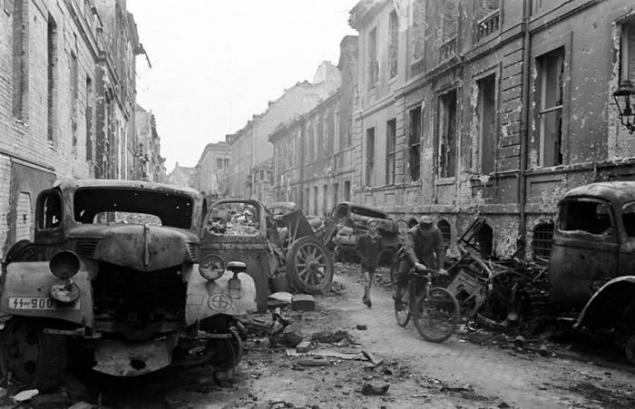
1. Obervalshtrasse center of Berlin. Here in the spring of 1945 were the most violent battles. (William Vandivert / TIME & LIFE Pictures)
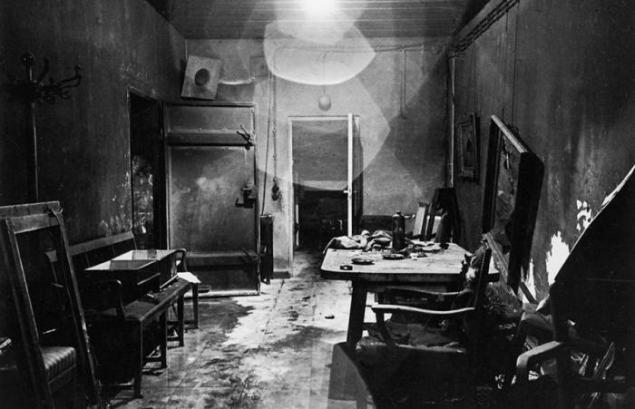
2. Vandayvert was the first Western photographer to gain access to fyurerbunkere Hitler. Some photos taken by them were published LIFE in July 1945, but most of the pictures from this set have not been published ever. In the photo: one of the rooms in the command bunker, the burning of the retreating Germans and purified from the advancing Red Army escaped values. (William Vandivert / TIME & LIFE Pictures)

3. Painting of the 16th century, taken away by the Germans from a museum in Milan. Vandayvert wrote about it as follows: "I had to take pictures in the dark, using lighting one candle - light in the room was not. Our group ahead of all the others who came only forty minutes later. " (William Vandivert / TIME & LIFE Pictures)

4. The first 20 pages of records Vandayverta made to editors in New York. Photographer describes not only the shooting of the film on each, but the mood and atmosphere in the Reich Chancellery and Hitler's bunker ("view of the Office ... she bombed, burned and shot to hell"). (William Vandivert / TIME & LIFE Pictures)
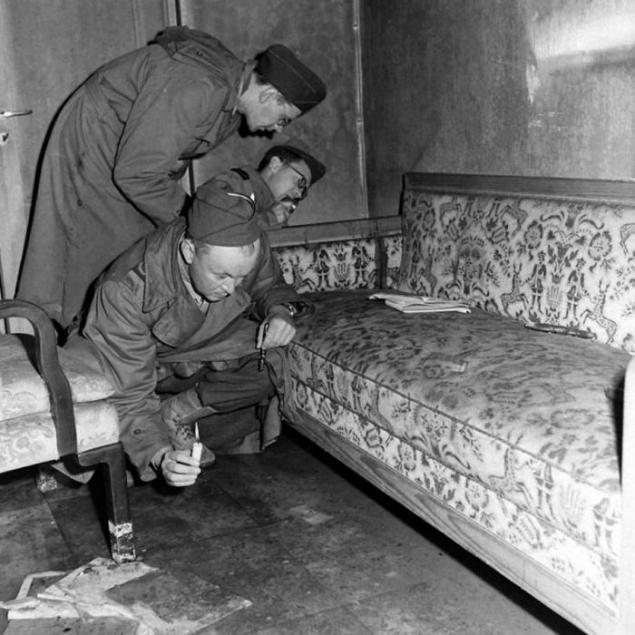
5. Lighting candles dark corridors, correspondents examine a sofa covered with blood stains. Vandayvert writes: "Photo correspondents, considering the sofa, who shot at Hitler and Eva Braun. Eva was sitting at the far end, and Hitler in the middle. Then Hitler fell on the floor. " This was true only half. Historians believe that Eva Braun committed suicide using cyanide, but not the gun, so that the blood on the couch was not the blood of Eve. (William Vandivert / TIME & LIFE Pictures)
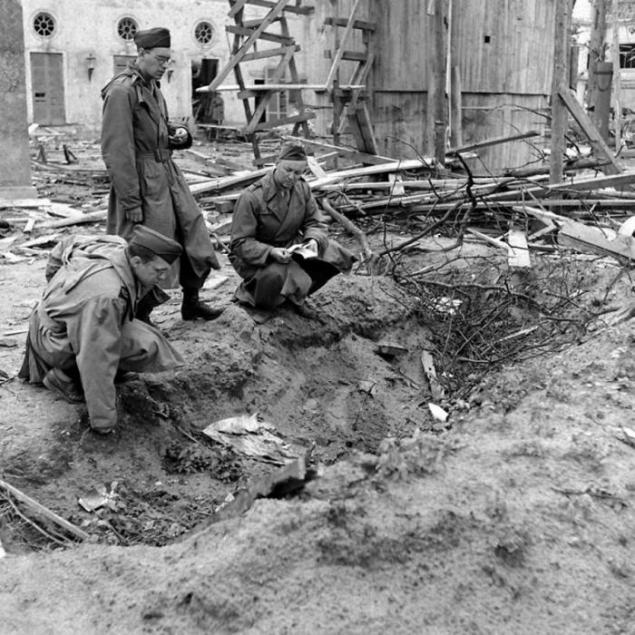
6. correspondent Percy Knauth exploring dirt and debris at the bottom of the trench in the garden of the Reich Chancellery, where it is believed, after the suicide of the body were burned Hitler and Eva Braun. Entries Vandayverta "broken-down trough for birds on a tree ... these were hung everywhere in Berchtesgaden (Hitler's manor in the Bavarian Alps). Probably meant a lot to him. " (William Vandivert / TIME & LIFE Pictures)
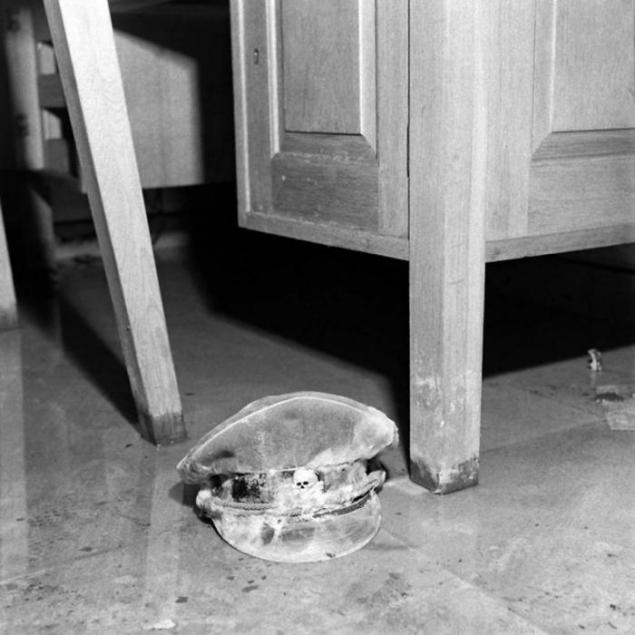
7. The famous "dead head" - the emblem of the SS - barely visible under a layer of mold. Cap is on the floor of the hopper filled with water. (William Vandivert / TIME & LIFE Pictures)
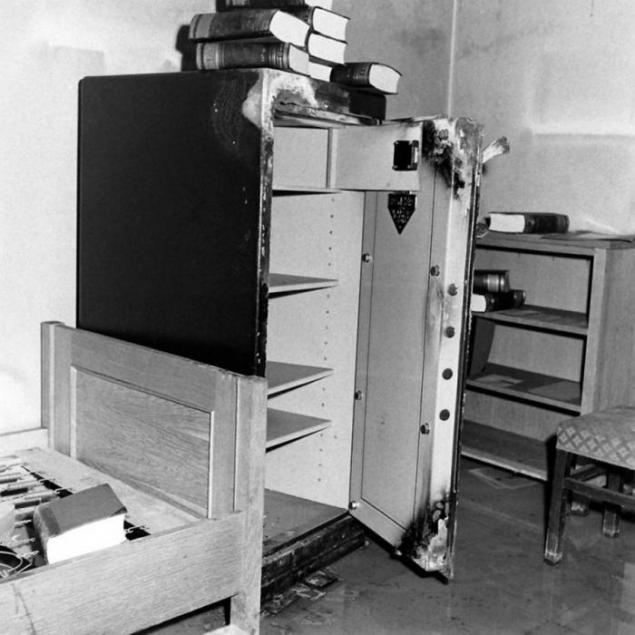
8. The phrase "violence and looting" sounds medieval, but it perfectly describes the Soviet troops in the conquered Berlin. It is foolish to deny it because no army in the history of warfare was not entirely sinless in this sense. Not surprisingly, Soviet troops cleared the bunker from the fact that the Germans would not have taken with them not burned during the retreat. (William Vandivert / TIME & LIFE Pictures)
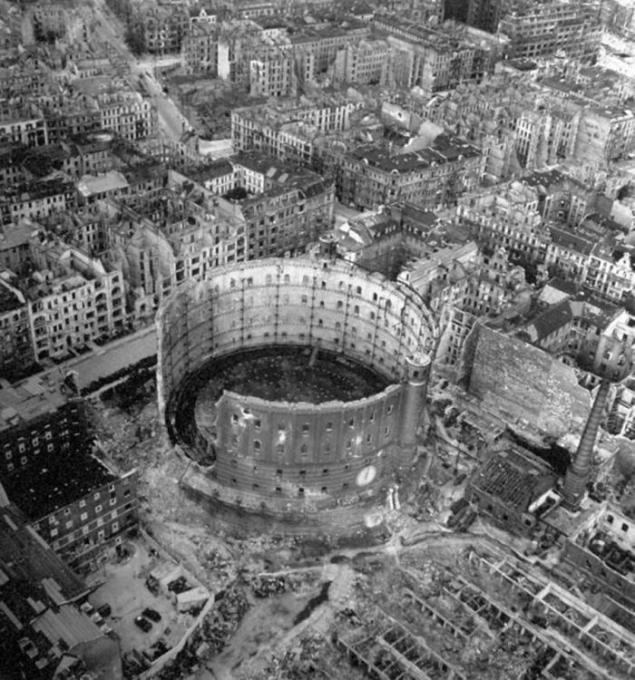
9. Vandayvert writes, "almost all the famous buildings of Berlin lay in ruins. In the center of the city soldiers could pass along a few blocks without seeing a soul, feeling only the smell of death. " Photo: view of the bombed-out Berlin's Schöneberg district. From August 1940 to March 1945, American, British and Soviet bombers carried out a total of more than 350 airstrikes ease the city. Killed tens of thousands of civilians. (William Vandivert / TIME & LIFE Pictures)

10. Allied troops (British, American, French and Soviet) gained control of Berlin, but it does not mean that they are complacent. Hard work was carried out to restore order in the devastated city. On the shoulders of the soldiers who wanted to return home, fell woes of a nation. Photo: Private First Class Douglas Paige in Berlin Sports Palace is the place where usually performed with his speeches Hitler. The building was destroyed during the bombing of January 30, 1944. (William Vandivert / TIME & LIFE Pictures)

11. Soviet soldiers and an unknown civilian move huge eagle that hung before the entrance to the Reich Chancellery. Vandayvert "his load on the machine to take away as a trophy." (William Vandivert / TIME & LIFE Pictures)
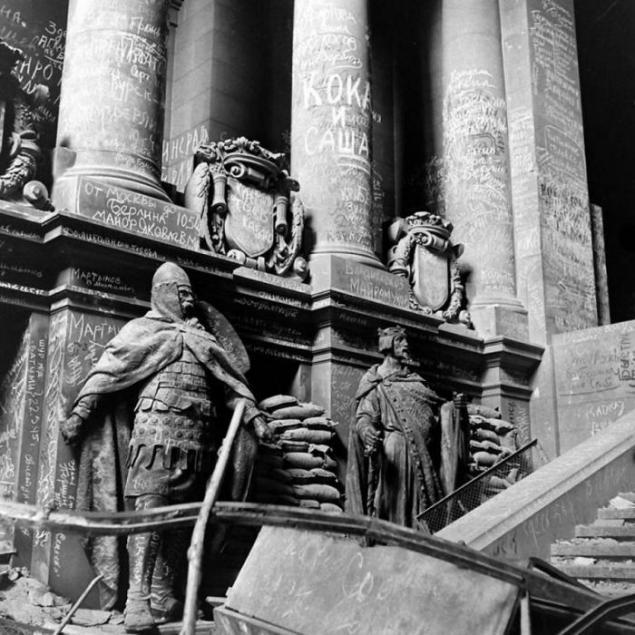
12. The columns at the entrance to the Reich Chancellery and the entire lower part of the building painted with the names of the victims and the survivors, who, like all the soldiers at all times wanted to confound the enemy, to honor the fallen comrades or just a witness: I was here. I survived. (William Vandivert / TIME & LIFE Pictures)
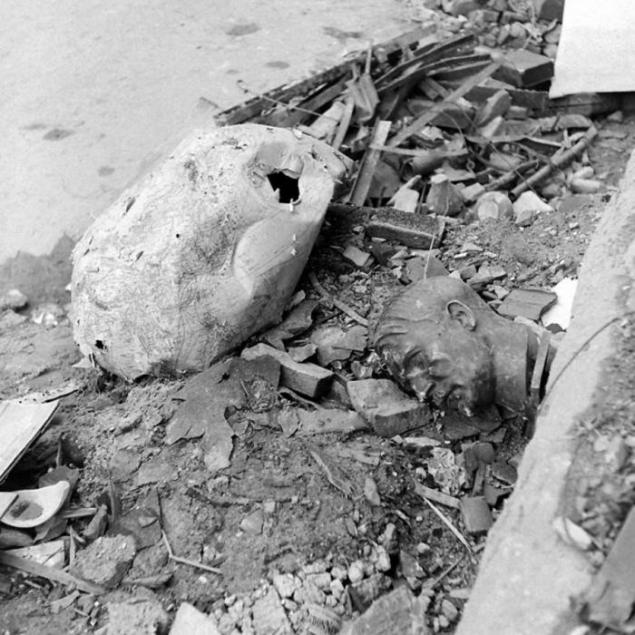
13. Broken Globe and a bust of Hitler among the debris in front of the Chancellery. This picture could not be better illustrates the state of Berlin in April 1945, on the eve of the Potsdam Conference. Just at this time in the city became more and more popular song «Berlin Kommt Wieder» (Berlin return). And it was considered "dangerous" not so much because of the text, but because of how Berliners sang it. (William Vandivert / TIME & LIFE Pictures)
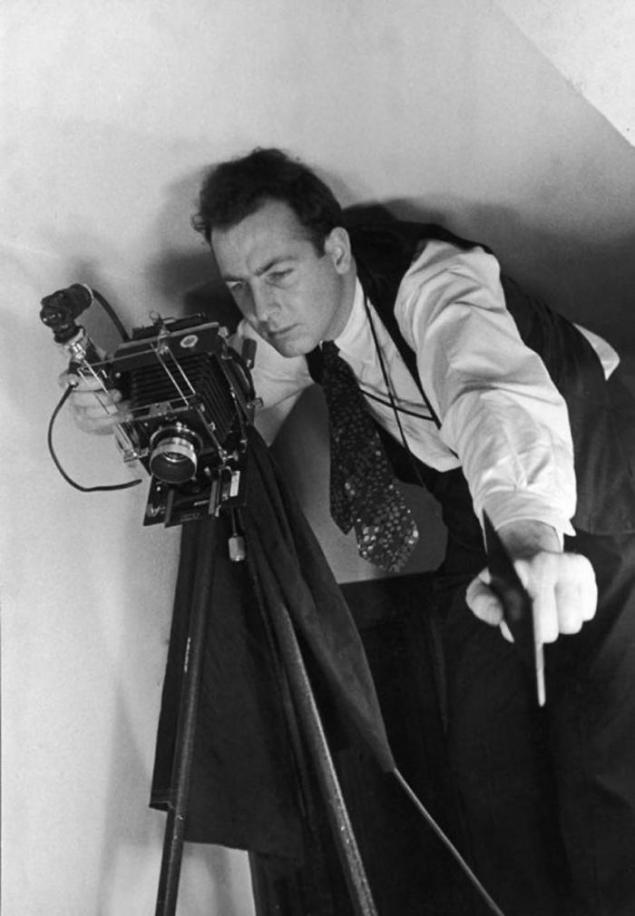
14. William Vandayvert shot for LIFE at the end of 1930 to 1948. In 1947, he teamed up with Robert Capa, Henri Cartier-Bresson and David Seymour created the agency "Magnum Photos" (where he worked for a year). Vandayvert died in 1992.
In the battle for the capital, hundreds of thousands were killed, including anyone not exactly recorded civilian casualties. Countless number of people left homeless. But the end of the Third Reich came April 30, 1945 with the death of two people: Adolf Hitler and Eva Braun.
Shortly after the two-week siege, arrived in Berlin 33-year-old photographer William Vandayvert LIFE. In this set - his previously unpublished photos of Hitler's bunker in Berlin and destroyed.

1. Obervalshtrasse center of Berlin. Here in the spring of 1945 were the most violent battles. (William Vandivert / TIME & LIFE Pictures)

2. Vandayvert was the first Western photographer to gain access to fyurerbunkere Hitler. Some photos taken by them were published LIFE in July 1945, but most of the pictures from this set have not been published ever. In the photo: one of the rooms in the command bunker, the burning of the retreating Germans and purified from the advancing Red Army escaped values. (William Vandivert / TIME & LIFE Pictures)

3. Painting of the 16th century, taken away by the Germans from a museum in Milan. Vandayvert wrote about it as follows: "I had to take pictures in the dark, using lighting one candle - light in the room was not. Our group ahead of all the others who came only forty minutes later. " (William Vandivert / TIME & LIFE Pictures)

4. The first 20 pages of records Vandayverta made to editors in New York. Photographer describes not only the shooting of the film on each, but the mood and atmosphere in the Reich Chancellery and Hitler's bunker ("view of the Office ... she bombed, burned and shot to hell"). (William Vandivert / TIME & LIFE Pictures)

5. Lighting candles dark corridors, correspondents examine a sofa covered with blood stains. Vandayvert writes: "Photo correspondents, considering the sofa, who shot at Hitler and Eva Braun. Eva was sitting at the far end, and Hitler in the middle. Then Hitler fell on the floor. " This was true only half. Historians believe that Eva Braun committed suicide using cyanide, but not the gun, so that the blood on the couch was not the blood of Eve. (William Vandivert / TIME & LIFE Pictures)

6. correspondent Percy Knauth exploring dirt and debris at the bottom of the trench in the garden of the Reich Chancellery, where it is believed, after the suicide of the body were burned Hitler and Eva Braun. Entries Vandayverta "broken-down trough for birds on a tree ... these were hung everywhere in Berchtesgaden (Hitler's manor in the Bavarian Alps). Probably meant a lot to him. " (William Vandivert / TIME & LIFE Pictures)

7. The famous "dead head" - the emblem of the SS - barely visible under a layer of mold. Cap is on the floor of the hopper filled with water. (William Vandivert / TIME & LIFE Pictures)

8. The phrase "violence and looting" sounds medieval, but it perfectly describes the Soviet troops in the conquered Berlin. It is foolish to deny it because no army in the history of warfare was not entirely sinless in this sense. Not surprisingly, Soviet troops cleared the bunker from the fact that the Germans would not have taken with them not burned during the retreat. (William Vandivert / TIME & LIFE Pictures)

9. Vandayvert writes, "almost all the famous buildings of Berlin lay in ruins. In the center of the city soldiers could pass along a few blocks without seeing a soul, feeling only the smell of death. " Photo: view of the bombed-out Berlin's Schöneberg district. From August 1940 to March 1945, American, British and Soviet bombers carried out a total of more than 350 airstrikes ease the city. Killed tens of thousands of civilians. (William Vandivert / TIME & LIFE Pictures)

10. Allied troops (British, American, French and Soviet) gained control of Berlin, but it does not mean that they are complacent. Hard work was carried out to restore order in the devastated city. On the shoulders of the soldiers who wanted to return home, fell woes of a nation. Photo: Private First Class Douglas Paige in Berlin Sports Palace is the place where usually performed with his speeches Hitler. The building was destroyed during the bombing of January 30, 1944. (William Vandivert / TIME & LIFE Pictures)

11. Soviet soldiers and an unknown civilian move huge eagle that hung before the entrance to the Reich Chancellery. Vandayvert "his load on the machine to take away as a trophy." (William Vandivert / TIME & LIFE Pictures)

12. The columns at the entrance to the Reich Chancellery and the entire lower part of the building painted with the names of the victims and the survivors, who, like all the soldiers at all times wanted to confound the enemy, to honor the fallen comrades or just a witness: I was here. I survived. (William Vandivert / TIME & LIFE Pictures)

13. Broken Globe and a bust of Hitler among the debris in front of the Chancellery. This picture could not be better illustrates the state of Berlin in April 1945, on the eve of the Potsdam Conference. Just at this time in the city became more and more popular song «Berlin Kommt Wieder» (Berlin return). And it was considered "dangerous" not so much because of the text, but because of how Berliners sang it. (William Vandivert / TIME & LIFE Pictures)

14. William Vandayvert shot for LIFE at the end of 1930 to 1948. In 1947, he teamed up with Robert Capa, Henri Cartier-Bresson and David Seymour created the agency "Magnum Photos" (where he worked for a year). Vandayvert died in 1992.
